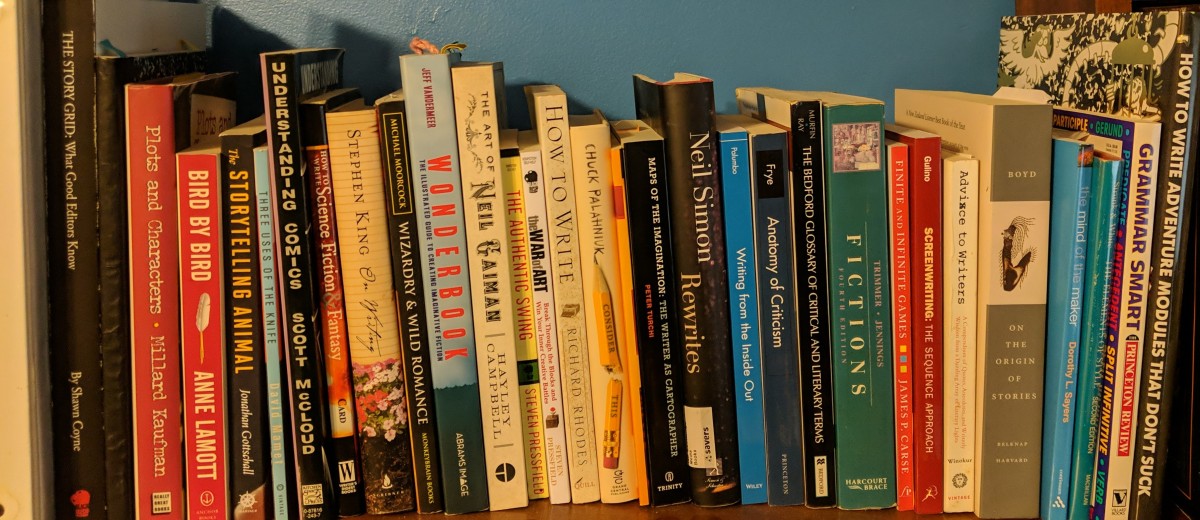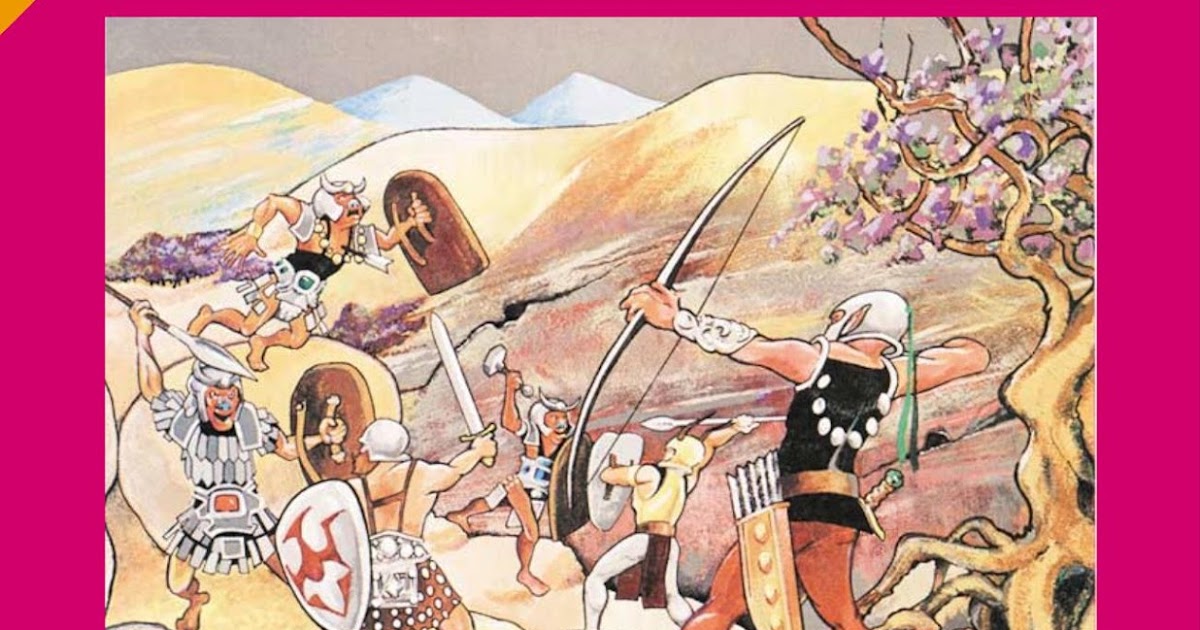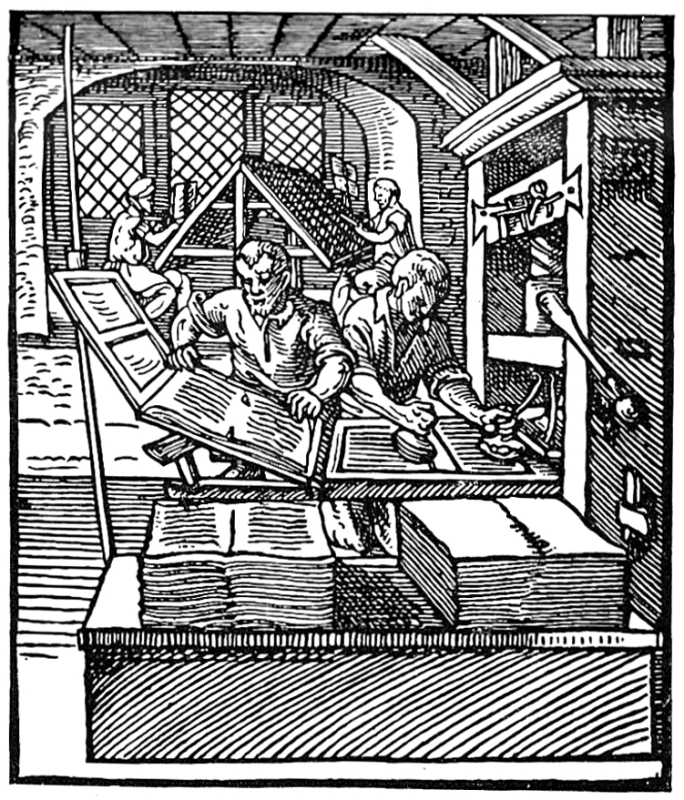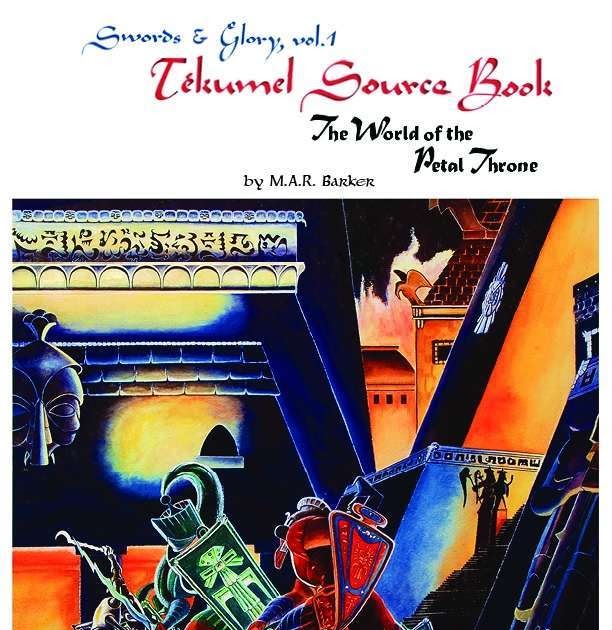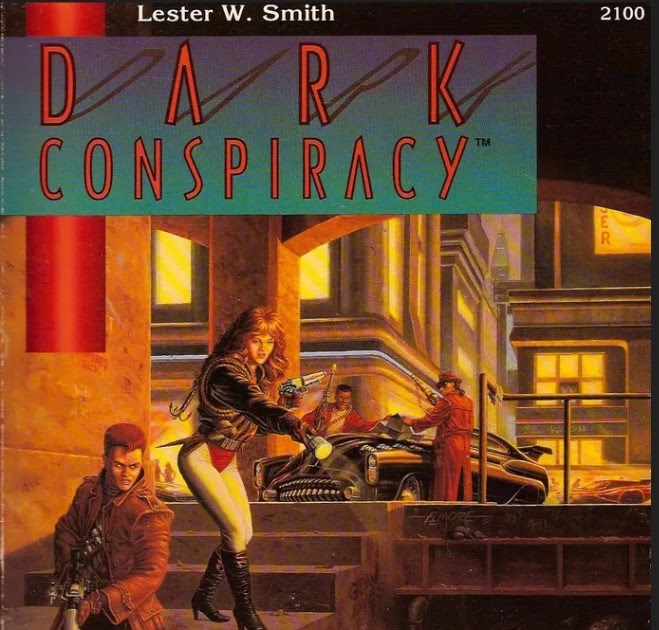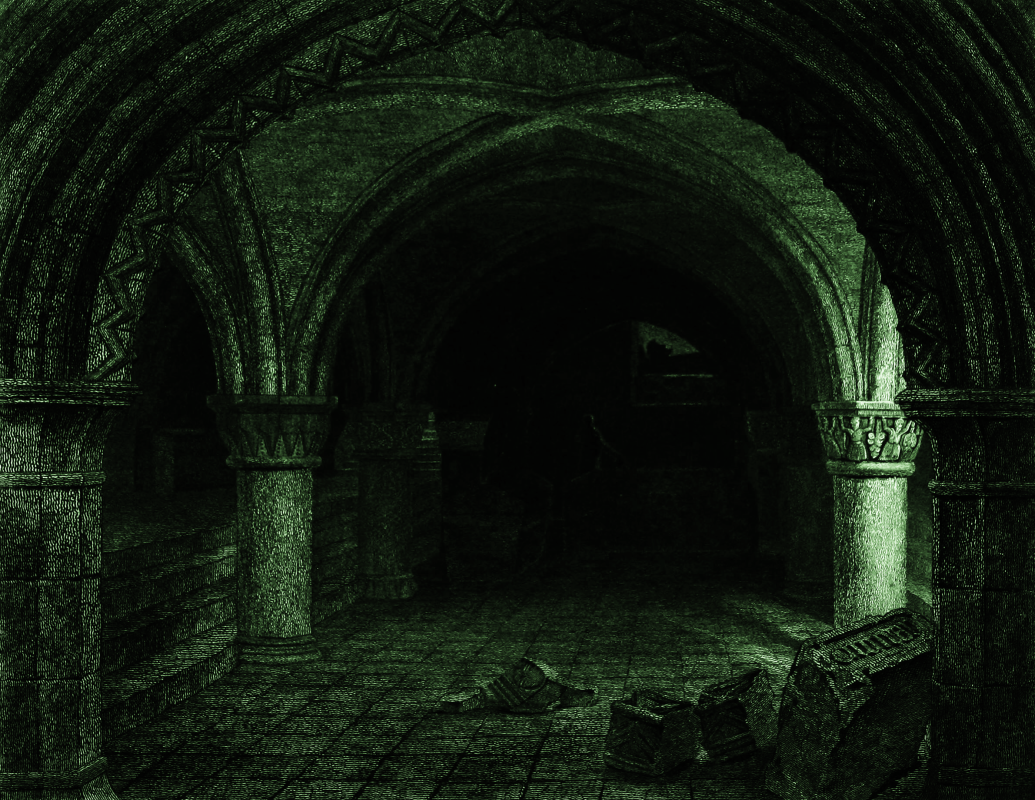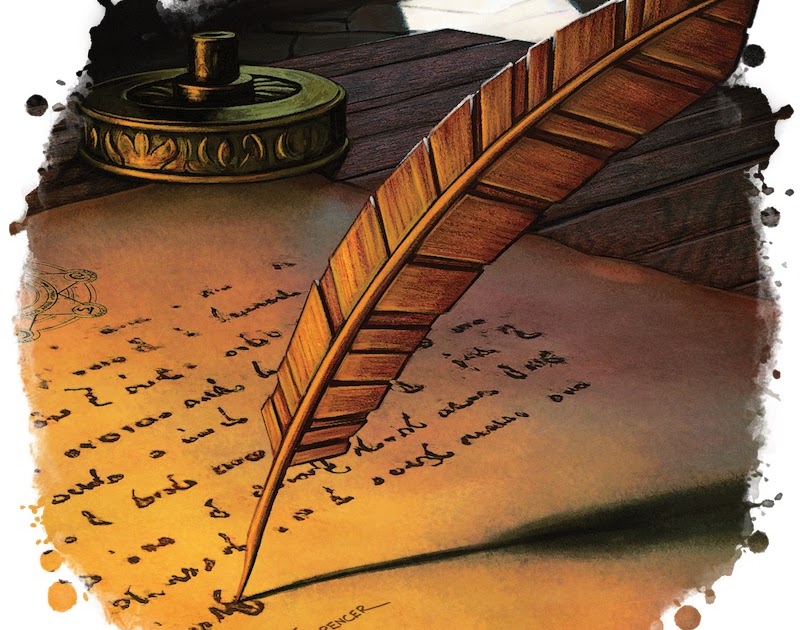SMOOSH JUICE
Who Up Tunneling Them Trolls?
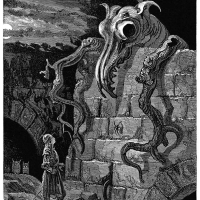
The 8th edition of Tunnels & Trolls (T&T) was announced. While skeptical at first, seeing Chris Bisette and Scott Malthouse as lead writers gave me some interest. The announcement led to an intensification of the recurrent if always short discussion of T&T on the public OSR community I’m most active in, which lead to a lot more people reading the fifth edition and, shock, planning games with it or running immediately.
It’s a good time to do a post about it serving three functions: contextualizing T&T for the unaware, explaining what is it’s appeal as a toolkit compared to other adventure rulesets, and explaining why I find it a litmus test of the average hobbyist.
Context
T&T was written by Ken St. Andre and originally published by Flying Buffalo in 1975, making it the second fantasy roleplaying ruleset ever published (some may count Empire of the Petal Throne second; from my perspective, the issue is settled not even by the release of T&T being in fact a couple weeks before, but by the groundbreaking release of Runequest thanking St. Andre for “opening the Pandora box” again, not Barker). It settles on a fifth edition in 1979, with the varied editions so far being more printings with small errata as the game popularizes and the community reaches out than radical differences. The 5th edition becomes the defacto T&T for 25 years, edited by Liz Danforth (an extraordinary editor and one of my favorite artists in the hobby, who gave T&T a lot of its visual identity; I know of fans who dislike the UK editions with Josh Kidby’s art not due to competence, for he was a great artist and his covers for Discworld are iconic, but because it isn’t Danforth and therefore it isn’t Tunnels).
T&T is a reaction to OD&D‘s White Box. The White Box was too expensive, not just considering the books but the need of special dice. It was too “complicated”, relying on an understanding of wargaming tradition within a specific scene. It was distracting from the essential core of fantasy adventure and emulating literature. Those were the arguments by KSA when quickly writing a draft of an easy-to-use ruleset for fantastical dungeons that only required familiar six-faced dice (if an unreasonable amount at points). Ironically, although divorced from a wargaming context and the product of fantasy art enthusiasts, its combat resolution recalls board wargames much more than D&D‘s Alternative Combat System.
T&T‘s easy rules make it perfect to create a solo module line, which doesn’t predate gamebooks but does bring the mesh of RPG resolution and elements to the form that would later make Fighting Fantasy‘s fame. Such modules also serve a great pedagogical function for new GMs, since they can see the workings of an adventure and the rules in practice by sitting alone with them and rolling some dice. In online stores you can find such modules with a reduced version of the rules, so you can just play them without even reading the whole T&T book.
What’s most infamous about Tunnels & Trolls, beyond its accusations of being a pale imitation of Dungeons & Dragons (it is no such thing), and what Ron Edwards has dubbed a certain “bloody-mindness”, is its sense of humor. Extremely serious play is possible with it, like any ruleset, but it was one of the first to openly and proudly display irreverence as the order of the day. The spell names are the most noticeable, as nearly every one is a sort of pun or reference. The dungeon design guidelines openly suggest the inclusion of gags as the Dungeon Master’s responsibility (note that it was the first text to use such a name for the GM). It’s undeniable at this point that the humor was a major element on its diminished popularity (despite the fact that it was rather successful through all its history), but I believe KSA has said it best:
**** ’em If they can’t take a joke! I still feel that the T&T spell names are as good or better than any others on the market. – Ken St. Andre
Very well.
Game
T&T has two tools that set it apart: the Saving Roll and its combat. Superficially, the other elements are identical to D&D but operate differently under analysis.
Attributes first. The spread is STR, DEX, CON, INT, CHA and Luck (LK). There’s no Wisdom, assuming that INT covers that field and walking away from the religious implications of it, since T&T doesn’t feature a Cleric and the implied setting is heavily atheistic. STR, DEX and LK derive a third value that is added to combat rolls (prefiguring every attempt to complexify conbat resolution and the influence of disparate traits in melee that later TTRPGs, especially during the boom of “realistic” simulation in the 80s, would struggle with, and it’s the likely inspiration behind Runequest‘s use of attributes as varied modifiers to skills, as well as any game which breaked characters and their traits away from a simple class division, since attributes matter far more than class here in many ways). STR and DEX also influence what weapons and armor you can use (this incidentally offers a simple ruling for dual wielding, in which as long as you have high enough attributes you can use both and roll their damage together).
CON serves as hit points (which means that there’s a clear correlation between getting beaten up in combat and being more vulnerable to the elements, disease, poison and whatever else the GM ties to CON Saving Rolls). INT and DEX are required to learn more complicated spells (all of which are bought from the Wizard’s Guild), and STR doubles as magic points for casting them (the first spell point system to my knowledge and one that demands Wizards clearly spread their attribute increase, meaning there’s no dump stat for them and that their power increase is less quadratic; for those who were worried about “muscle wizards”, later editions introduced a Wizardry stat to act as points). STR also determines weight carrying. LK determines ranged combat adds, diminishing DEX’s all-mightness while still being required to hit and wielding ranged weaponry.
Attributes increase with levels, being the actual signifier of getting better instead of class-attached milestones. This also means that your fantasy non-humans (called Kindred) can be created by setting modifiers to the rolled stats. This means that adjusting T&T to any setting is a matter of changing the attributes’ names, and Kindred can be ignored or replaced by something such as Profession, that enforces some attributes to be performed at the cost of others.
Speaking of class, there’s three: Warrior (the only people in the implied setting incapable of magic due to some deficiency and therefore trained as killing machines, although still capable of using magic items), Wizards (trained by the Guild and simply better at magic than others), and Rogues (dilettantes who were dropped from the Guild, capable of both spellcasting and fighting, but needing to be taught spells by willing wizards and not as beefy as Warriors; explicitly modeled after Vance’s Cugel). A fourth class, Warrior-Wizards, reflect your Wagner’s Kane types and are only available by rolling really well.
The Saving Roll is a precursor to the modern NSR Save as codified by Into the Odd: a randomly generated number that is used to avoid specific harm (originally, the Luck attribute is suggested as the catch-all for SRs, but the community around the game quickly found ways of using the other attributes). Saving Rolls also perform a function as the first unified resolution method for unsure actions, which may even bypass aspects such as combat or elide conflicts in a manner reminiscent of later indie games if the referee desires so. Saving Rolls need the GM to set a difficulty, but they can easily be tied to dungeon floor instead or some other method, simulating static difficulty by way of location-based adventuring.
They function by rolling 2d6, adding your attribute and verifying if you beat the target. If the dice come up doubles, you add the result and roll again until they stop coming up doubles (DARO, Doubles Add and Roll Over). This, coupled with the attributes-focused advancement and magic items being inclined to boosting attributes, does much to take off the sting of randomly generated scores being so central to the rules. Although proposals on how to roll a monster’s SR were offered over the years, the simplest approach is to frame everything as a reaction by the PC or as their action, predating many of the conversational practices in Powered by the Apocalypse, 24XX, Oddlikes and such.
Monsters are not necessarily statted like PCs (although they can be, predating later presentations of NPCs as fully rounded individuals mechanically). T&T offers the Monster Rating, a single number that indicates their strength in combat, health, treasure, experience, serves as stocking guide and might serve for their Saving Rolls. Since all their qualities are condensed in a single number, whole detachments can be described by it as much as a solitary figure (Oddlike fans, take note).
Combat is T&T‘s most infamous aspect besides humor, to the point Jon Freeman dubbed it “unsatisfingly gross”: both sides engaged in melee roll their attack dice, plus bonuses, and compare the result. The difference is inflicted as damage on the losing side (armor was equivalent to HP in the first edition, but eventually settled in protection from a certain number of hits). This needs not mean two opponents, but whole groups in any configuration: melee rounds are assumed to take around two minutes and can be best imagined as a cartoon fight cloud.
It can be as simple as both parties rolling all their dice every round until a side loses. In fact, that’s the assumption by many readers. But it only can. The table is free to conduct skirmishes individually, alter a combatant’s dice or declare them incapable of participating in that round due to fictional constraints, take into account surprise or intimidation, use Saving Rolls to establish Stunts that change the participants and their numbers, or even elide combat entirely through Saving Rolls (equally, the GM is free to turn all melee into Saving Rolls to cause damage, much like ranged combat works, if they wish). T&T‘s extremely abstracted and unusual conflict resolution invites the players to narrate results based on the rolls and adjust the fiction if they wish, or not doing so; the genius of it is that all the above is possible from the same tools instead of compelling a particular approach.
A final note can be said about the process to accumulate experience points: there isn’t just one. Experience is granted, among other things, for exploration itself, for grabbing magic items (with the suggestion that such items should be cursed or otherwise annoying), for combat, for casting spells, and most noticeably for Saving Rolls, creating an XP-for-failure model that antecipates a lot of indie rulesets attempts at structuring the same, or decisions like Delta Green’s handling of Basic Roleplaying skill advancement by failure.
All the above is Into the Odd, is Over the Edge, is Runequest, is 24XX, is Legend of the Five Rings, is Apocalypse World, is Trollbabe, is Risus, is whatever you need. Its blood runs through many veins.
The Litmus Test
Talking about Tunnels & Trolls with fellow hobbyists convinced me, even more than about its historical significance or the extremely early display of concepts and ideas that would dominate many major movements regarding rules composition in tabletop roleplaying, that T&T can be seen as a sort of Litmus Test for a hobbyist’s values.
For example, it would be ridiculous to claim a product such as a T&T book is a cure for the overt commercialization of roleplaying, for reasons that are obvious enough. But analyzing the responses to T&T, its deliberately lo-fi approach, rejection of big production values and fancy dice which were a factor in its creation and were treated as a part of its product identity as the early industry moved towards glossy presentations was a major factor in many reviews and assessments. In this review which Mr. Mann kindly brought to attention, not believing a text’s monetary cost is tied to its usefulness is explicitly stated by the reviewer as important so the hobbyist won’t foolish overlook this ruleset. In our time of Kickstarters as pre-ordering of glossy texts, and a movement away from the DIY free sharing in blogs and communities, this stands out. T&T 5e even reads in many ways as an enthusiastic fanzine which was reprinted for 25 years.
Production values aren’t the only way a commercial logic dictates its reading and community reactions. Tunnels & Trolls sounds like a cheap knock-off of Dungeons & Dragons? Hence it must be. Its creation and its value to the Arizona community of hobbyists is secondary to the creation and value of a first, glossier document. A bad knock-off at that: there’s no movement rate! The jokes are read as signifying parody, and the issue of parody is that it’s tied to the light of the parodied unless in the rare circumstances in which it outlives the reference. Tunnels & Trolls and its community are not, at this moment, an Orlando Furioso.
And that is fine to everyone. There’s a question of what one wants out of the hobby, and how we organize our communities within it. This post was written in reaction to a community I participate in reacting well to T&T: seeing in the humor (even if not to our taste) a reminder of the hobby’s freedom, in its “cheapness” accessibility, in its amorphous content an opportunity for our own DIY ethos. We joke a lot about the OSR accidentally reinventing Runequest, Traveller and Tunnels & Trolls. More than once, we joked about an alternate timeline where the section of the OSR that broke away from preserving D&D and Classic play towards explicitly revisionist and counter-reading play had focused on T&T instead. I look at every highly individualized blog, every movement towards radical approaches to establishing and following the fiction, every simplification of crawling and adventuring to its most basic elements, and there it is. Tom (whose on post on T&T is recommended reading and covers many of the same points; I just wanted to talk about the same in my own words) said this:
If you play GLOG, if you play Knave, if you play Troika!, if you play any of the other genetically modified and re-imagined post-OSR fantasy games that shrug D&D mechanics off and play a new way, it’s time you raised a glass to Ken St. Andre and his friends in sunny Arizona of 1975. You’re walking on the trail St. Andre blazed, not simply because he was there first, but also because his mechanics ideas were awesome, enough to be imitated throughout some of the major genealogical lines of RPGs until this day. You may be playing them without knowing it.
In the seventh edition, the text says that it’s obligatory for the GM to invent new rules. Because anyone who would be content playing by the book is too much of a dullard for T&T and the hobby. Glib gatekeeping, sure, but gatekeeping and community management are the same thing, one term just has better PR, and isn’t it fair to ask our communities to celebrate making the hobby theirs and distrust impositions?
“Fuck them if they can’t take a joke”. Well, fuck them if they can’t change a text. After all, Arcane’s editor Paul Pettengale did fault it for being “pretty crude”; why don’t you make it better?
